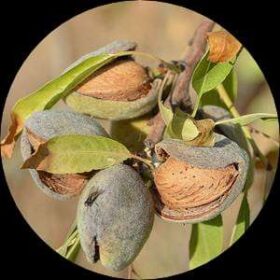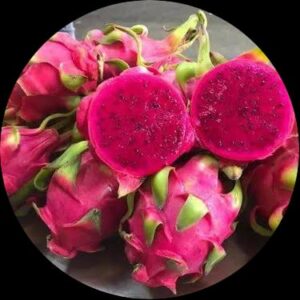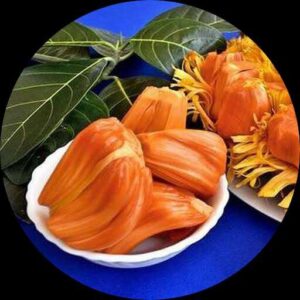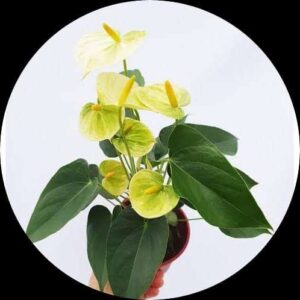- Empty cart.
- Continue Shopping
Cardomom
Original price was: ₹290.00.₹180.00Current price is: ₹180.00.
Genus : Elettaria
Enhance your culinary experience with the Cardamom spice plant. Known for its aromatic and flavorful properties, this plant will bring a delightful touch to your garden and your dishes. Grow your own Cardamom and savor the exotic taste and aroma it offers.
Cardamom is a perennial, herbaceous plant belonging to the ginger family, Zingiberaceae. It is native to India, Bhutan, and Nepal, and is also cultivated in several other countries including Guatemala, Sri Lanka, and Tanzania. The plant grows up to 2-3 meters in height and has long, erect, and leafy stems with thick, fibrous roots.
The leaves of the cardamom plant are long and lance-shaped, and grow in two rows along the stem. The flowers are small and yellowish-green, with a tubular shape, and are borne on long panicles that emerge from the base of the plant. The fruit of the cardamom plant is a small, green, ovoid capsule containing small black seeds, which are the part used as a spice.
Cardamom plants prefer tropical and subtropical environments with high humidity, and can grow in a range of soils, including loamy, sandy, and clay soils. The plant is usually propagated by dividing the rhizomes or by sowing the seeds directly into the soil. It takes around 3 years for the cardamom plant to reach maturity and produce a significant harvest of seeds.
Cardamom is highly valued for its sweet, spicy, and floral flavor and is widely used in cooking and baking, especially in Indian, Middle Eastern, and Scandinavian cuisine. It is also used for medicinal purposes, as it has anti-inflammatory, anti-microbial, and anti-cancer properties. The essential oil of cardamom is also used in perfumes, cosmetics, and soaps.












Reviews
There are no reviews yet.